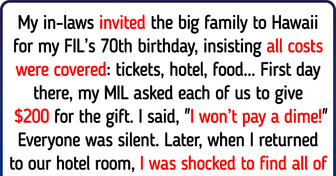Wonderful article.
11 Animals That Won’t Win “Parent of the Year”
If you think your folks were too harsh on you, perhaps this list of negligent animals will show you a broader perspective on bad parenting.
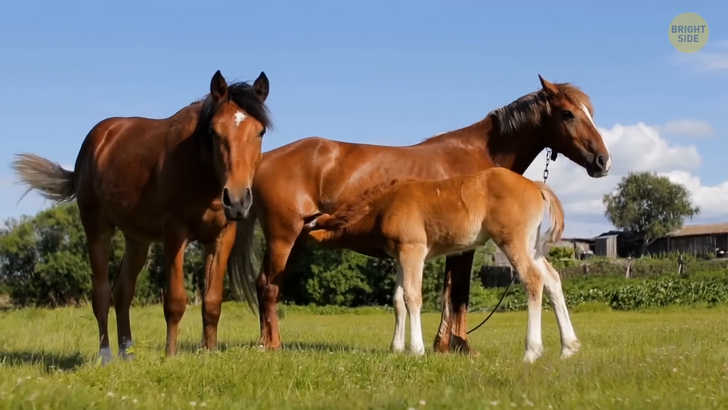
Female horses — or mares — have a gestation period of about a year. This might sound like a terribly long time, but elephants won’t agree with that. They carry their young for up to 22 months before giving birth.
Unlike the other animals, who prefer to rest waiting for their cub to arrive, for mares, pregnancy means party time! The moment the female horse gets pregnant, she goes for a walk around the herd and mates with every stallion. Although it seems meaningless because she’s already pregnant, there’s a reasonable explanation.
The male horses are pretty proud and aggressive with their rivals. But if a stallion would think that a brand-new foal is his — chances that he will hurt the youngling will fall to zero. So the mares’ actual intention is to keep the foals safe by making it impossible for stallions to determine the real father. Which is a good mothering quality. That’s why mares are at the bottom of our list.
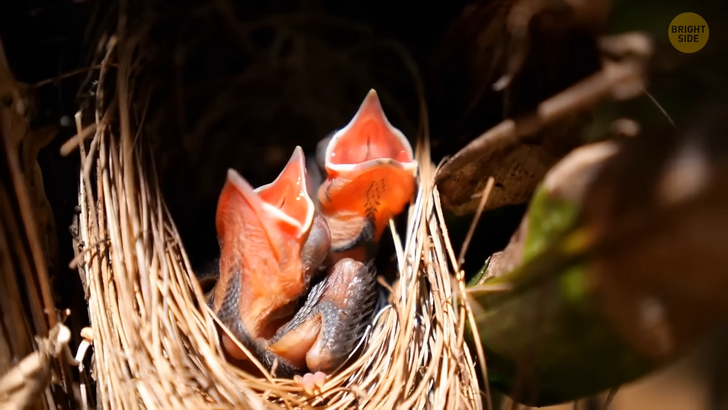
Female cuckoo birds are famous for abandoning their chicks before even hatching. They simply lay eggs in other birds’ nests and leave for good. It’s hard to distinguish native eggs from foundlings, that’s why the unlucky foster birds incubate them all equally.
Meanwhile, cuckoo birds enjoy their single independent lives. Unfortunately, it’s not a win-win deal — the cuckoo chick brings chaos and losses to the foster parents. It grows faster and hatches earlier, making the smaller purebred chicks fall out of the nest.
Sparrows are so cute! But don’t buy into this innocent little face. A female house sparrow is a good, caring mom, but also a furious stepmother who might terrify even Cinderella. Sparrows are typically monogamous.
But sometimes they can have connections outside the native nest. When it happens, a female sparrow can literally figure out ‘the other women’ that mated with her partner and destroy their nests. Why? Just to make sure the male sparrow will have enough time to father her own offspring. Apparently, they haven’t heard of babysitters...
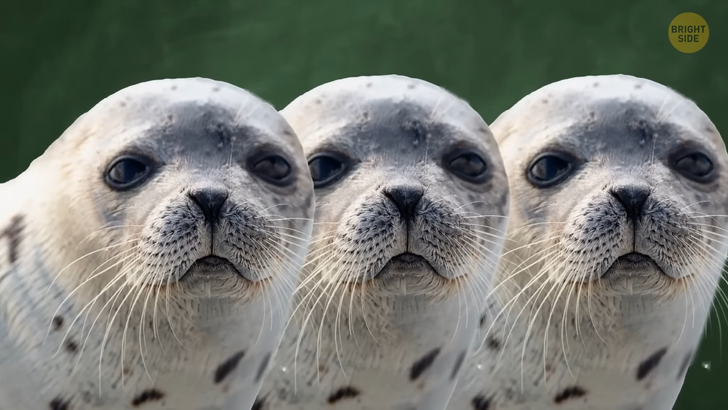
Harp seals are dedicated to their pups during the first 2 weeks. So they can’t be called the worst mothers in the animal kingdom. In this short period, they keep their offspring close, nursing and feeding them round-the-clock. But after that mother seals say goodbye and leave the younger generation alone on the ice.
Seal pups are still very vulnerable because they don’t know how to swim, hunt or protect themselves. They should be at least 2 months old to learn all those skills. So they spend this time waiting, losing weight, and trying not to get eaten by predators. It’s no wonder that only one-third of all little seals actually make it through the first year of life.
Hamsters are harmless, cuddly, and cute, right? But still, they have one dark secret that can shock their owners if no one warns them. In some cases, hamster females may confuse their own offspring with dinner. Nobody knows exactly why, but scientists have developed several theories.
Some suggest that they’re trying to replenish nutrients after giving birth. Others claim that mother hamsters might feel stressed and threatened by too large litter, so this action is a self-protection mechanism in a way. To avoid this sad ending, experts recommended keeping the mother hamster away from any stress and giving her all the necessary nutrients.
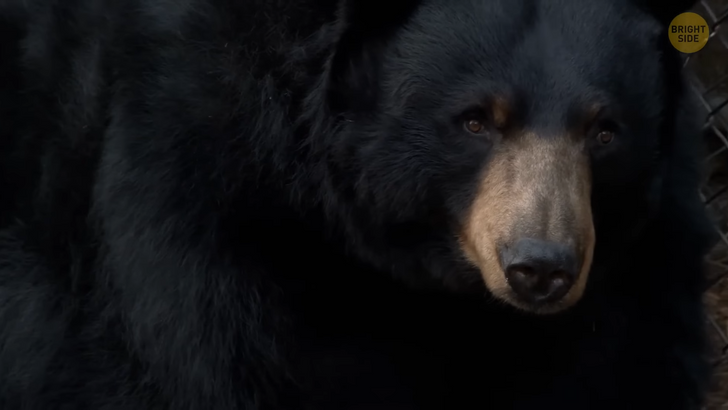
‘All-or-nothing’ is probably the favorite motto of black bears. They usually have 2 or 3 cubs at a time. But if a mother bear has only 1 cub for some reason, she’s likely to abandon it hoping for a larger litter the next year. Why? Probably because raising only one baby isn’t worth the effort.
And while a black bear cub may increase the chances of survival by having a sibling, pandas follow the opposite tradition. It’s hard to admit, but these cute fluffy fellows are pretty negligent parents. Panda mothers usually have twins, but they prefer taking care of only one of them. They will feed and nurse the strongest cub.
Meanwhile, the weakest one will be neglected and forced to survive on its own. The explanation for their cruelty is pretty practical. Pandas eat bamboo, but it’s not nutritious enough to make milk for both cubs. Even pandas that live in the Zoo follow the same tradition of abandonment. But thankfully, zookeepers provide all the cubs with milk equally.
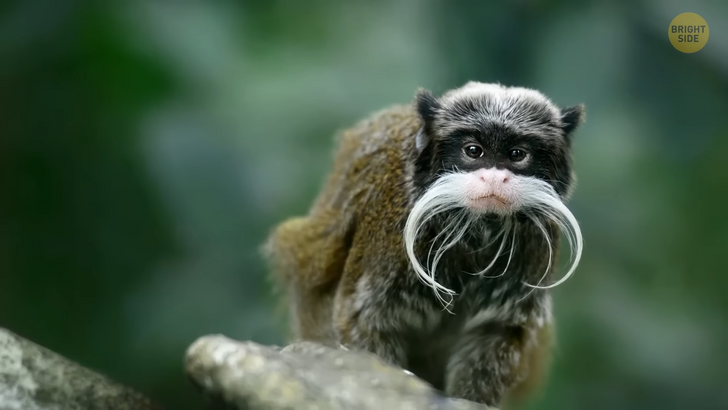
Although monkeys usually have the reputation of being caring, responsible parents, these little mustached cuties stand out. After a gestation period of around 5 months, the mother tamarin usually gives birth to twins. And if they happen to fall out of the tree by mistake she will have the nerve to ignore her own cubs’ crying. Some of them can throw the cubs out of the tree voluntarily for unknown reasons. Who knows what hides in these little heads...
But not all of them are so cold-hearted. If a mother tamarin is surrounded by a wide social group of strong food providers and protectors, she’s likely to take good care of her offspring. But when no one’s watching or helping she can stop making any effort. Probably because the cubs won’t have a high chance of survival anyway.
Although mustached tamarins look like great pet material, experts claim that these monkeys require more daily commitment and dedication than any other pet. Well, at least you’re too heavy to kick you out of the tree...
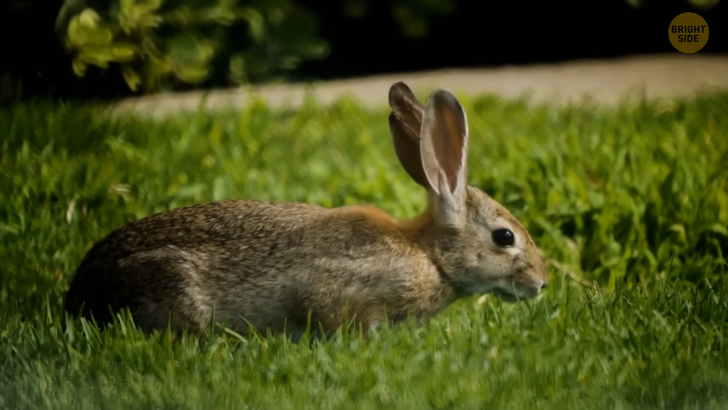
Bunnies are usually associated with warm hugs and cuddles. But in real life, they’re not so gentle when it comes to their own newborns. Rabbit mothers prefer leaving the burrow as soon as they give birth. And these cute little bunnies have to learn to face life challenges on their own. They only interact with their mother for a few minutes a day during feedings.
Scientists suggest that the female rabbit abandons her offspring to confuse predators and keep them away. Of course, this method doesn’t provide a 100% guarantee. After all, the rabbit mothers don’t put much effort into creating a safe shelter for the cubs. They usually build it out in the open.
And where’s the happy father, I hear you ask? Well, it’s recommended to isolate the mother from any male rabbits, while she raises the newborns. Unlike the horses, male rabbits will probably not hurt the younglings. But he can impregnate the female rabbit again — even on the same day she gives birth!
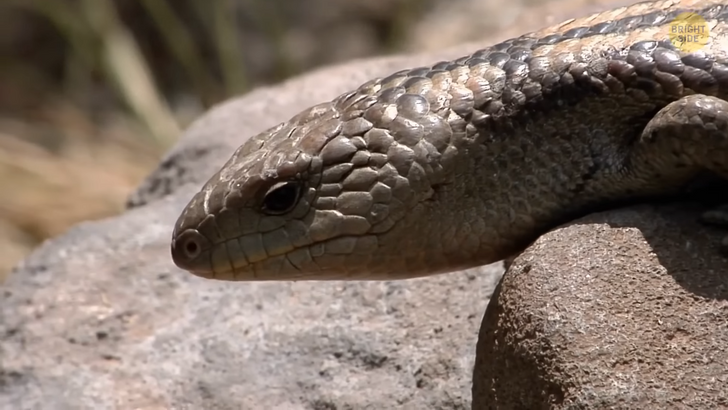
Reptiles aren’t known for being warm and caring creatures. And their practical approach to life extends to their parenting style as well. But long-tailed skinks bring personal boundaries’ protection to the next level. This mother lizard will eat her own eggs when too many predators gather around her home. She won’t make any effort to fight off the danger.
Perhaps her philosophy is — “If I can’t have it, no one will.” After the threat is gone, they just live on and lay new eggs. The female eagle lays 2–3 eggs within a week. After around a month of the breeding period, the eaglets finally emerge. But their problems are only getting started.
Technically, all the eggs have slightly different ages, so they don’t hatch simultaneously. And when it comes to sibling competition — black eagles can get pretty aggressive toward younger chicks. The older chicks usually start to peck the younger before they even get the chance to start their lives. Probably to reduce the competition for food and space.
But the eagle mommy won’t bother to pull apart her chicks. Even if their fight leads to serious injuries, she would neither scold the winner nor save the loser. Apparently, her indifferent attitude should prepare the chicks for the harsh life of an adult eagle. After all, it’s a bird of prey. And it keeps the habit of hunting mammals and other birds at their nests throughout life.
Comments
Very interesting. I love animals and their individual information.
Related Reads
I Can’t Believe What My Fiancé Wants to Do With MY Inheritance

The 12 Hottest Summer Manicure Trends to Try This Season

What Toxic Masculinity Is and Why Men and Their Loved Ones Suffer From It
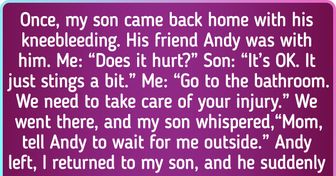
11 Things Parents Did That Ruined Their Kids’ Trust Forever
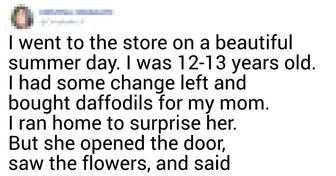
20 Perfect Coincidences That You Couldn’t Make Up If You Tried

12 People Who Accidentally Found Hidden Cameras in Places Where They Shouldn’t Be
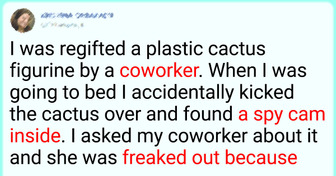
13 People Whose Lives Fell Apart Like a House of Cards

10 Romantic Encounters That Started Like a Dream but Ended Like a Nightmare

My Husband Refused to Pay for My Daughter’s Ticket — He Covered His Son’s GF’s Instead

14 Kids Who Have Spine-Chilling Memories From the Past

I Gave My MIL a Fake House Key and Shamed Her in Front of the Whole Family
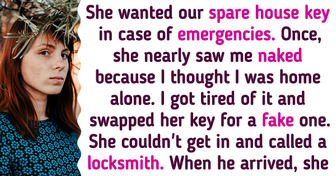
I Refused to Pay for a Gift After Being Invited to an All-Expenses-Paid Trip
